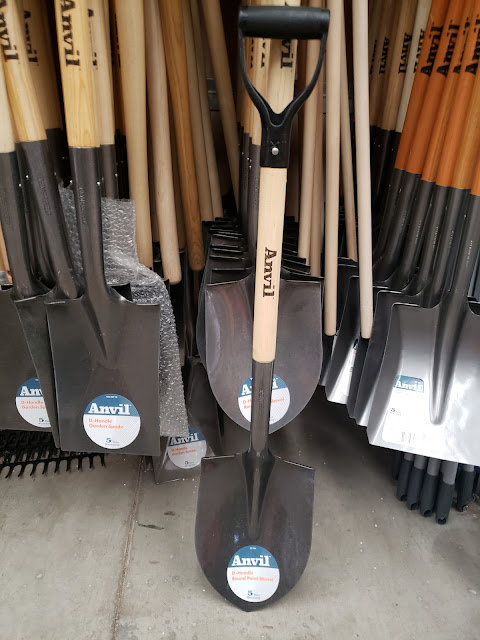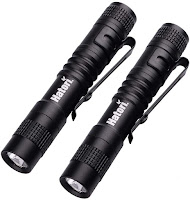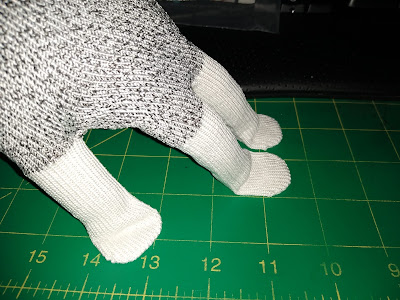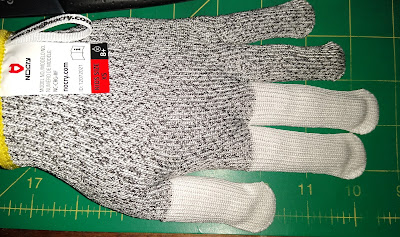First, an update on last week's post about shovels. I was asked a few questions about specific types of shovels, and rather than belabor a point I'll just post a link to an excellent website that I found while looking for references. The Shovel Zone should be able to answer all of your questions; the only thing I wish they had were more pictures for the various designs. Forestry Suppliers has a good catalog of shovels and other outdoor equipment; I'm not affiliated with them in any way, but have browsed their wares for many years.
With all of the uncertainty and turmoil in the world today, there are a lot of people waking up to the idea of prepping. If you're new here, welcome to BCP: we're a non-political, mostly sane group of folks that try to get realistic information out to the people who need and want it. You won't see articles about bunkers and vehicles that cost more than most people make in a year, we don't have flashy ads on our site, and we're all volunteers. Most of our writing comes from personal experience rather than repeating what we've read on other sources, our product reviews are based on things we've purchased with our own money, and we're not afraid to tell you if something isn't worth buying.
We've been around since 2014, so most of us are starting our ninth year of writing for this blog, and there's a search box in the upper left-hand corner that can take you to our older posts. One of the nice things about being simple is that the information rarely gets old; some things are so basic that they will always be there.
The reasons people prepare are varied, so their preps will vary. Here are a few of the more common ones:
Food prices are going up and availability is going down, so it makes sense to buy and store what you can as a hedge against inflation and shortages. Growing your own food in whatever quantity you can is starting to look pretty darn good to a lot of people; even something as simple as a window garden that produces a few tomatoes or peppers will help stretch the food budget with very little input. We're not at the stage of eating the animals in zoos yet, but it has happened elsewhere and we're not immune to the causes of shortages.
Wars and rumors of wars are spreading. War is never good for anyone other than those selling arms; it disrupts so many aspects of life that the impact spreads to other places and makes life harder for everyone, and the larger the participant in a war, the larger the impact. We live in an interconnected world so what happens thousands of miles away will cause changes in our lives, and there's not much we can do other than prepare for it.
Crime is becoming increasingly more violent. Humans are not nice animals in general; rather, we are greedy, prone to violence, and very tribal. Various religions and philosophers have tried to blunt these traits over the millennia, but each new generation has to learn these lessons or they will revert to the basic animal that resides in all of us. I'm old, so I've seen the changes in what is taught and allowed in American society over the last half century or so, and it hasn't always been for the better.
I mentioned inflation up above, and the USA is currently seeing rates of inflation higher than any in the last 40 years. When your income is going to lose value fairly quickly, it's a good thing to buy and store essentials as soon as you can because they'll cost more in the future. If the inflation is temporary, you might be able to store enough to be more comfortable; if it sticks around for more than a year or reaches the level of hyper-inflation, life becomes a day-to-day struggle.
Feel free to reach out to us with questions through our social media links on the right side of the page. I'm not on Facebook, but we do have a group over there. MeWe is less censorious and doesn't have all of the ads, so we have a group there as well. If you use Discord, I've put up a server there and can provide an invite upon request.
Please remember that we're volunteers and have lives of our own with jobs and families, so we may not be able to respond immediately. Thanks for joining us, and welcome to prepping.









































